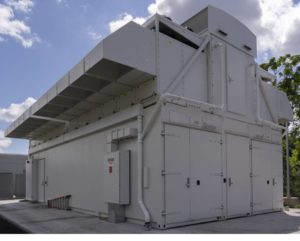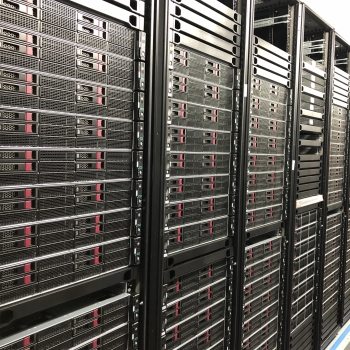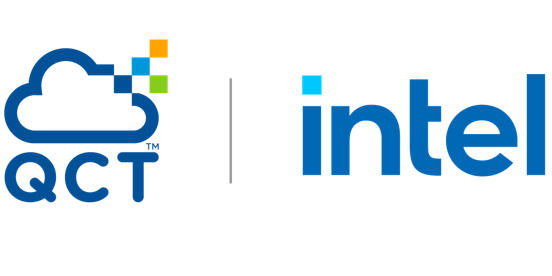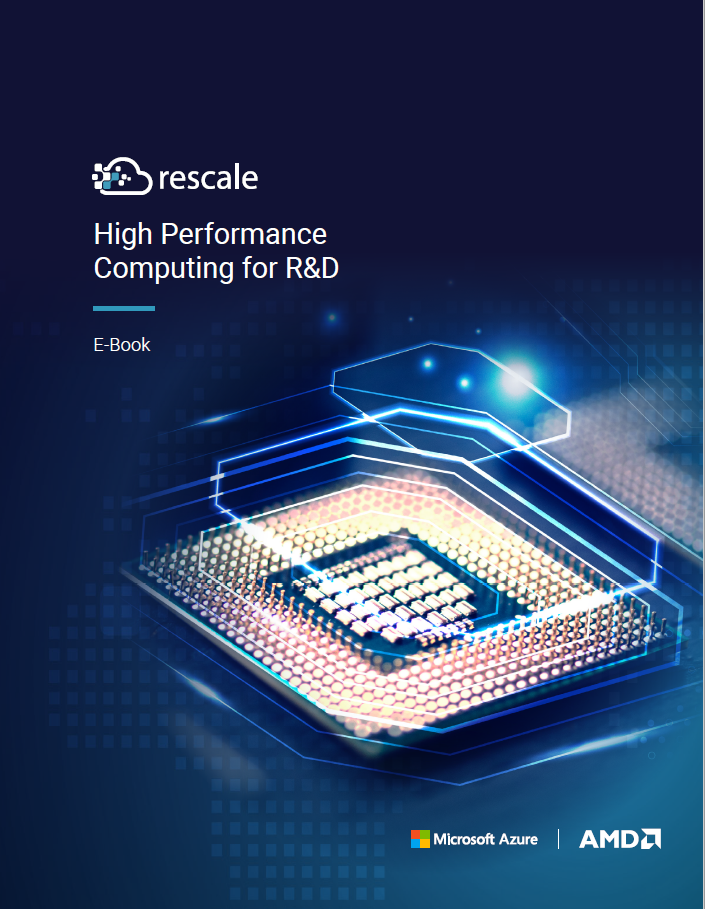 Today HPE announced announced the deployment of a new supercomputer at the MIT Lincoln Laboratory Supercomputing Center for compute-intensive AI applications and bolstering research across engineering, science, and medicine.
Today HPE announced announced the deployment of a new supercomputer at the MIT Lincoln Laboratory Supercomputing Center for compute-intensive AI applications and bolstering research across engineering, science, and medicine.
Called TX-GAIA (Green AI Accelerator), the new supercomputer converges HPC and AI to support workloads such as modeling and simulation and perform complex deep neural networks (DNN) and other machine learning training. It is based on the HPE Apollo 2000 system, which is purpose-built for HPC and optimized for AI, by integrating the latest Intel Xeon Scalable processors and NVIDIA GPU accelerators.
At the MIT Lincoln Laboratory Supercomputing Center, our mission is to solve the nation’s hardest technical challenges by advancing computationally intensive science, engineering, and medicine,” said Jeremy Kepner, head and founder, at MIT Lincoln Laboratory Supercomputing Center (LLSC). “By collaborating with HPC leaders like HPE, we are expanding technical capabilities to run emerging AI workloads in our supercomputer and accelerate innovation.”
The new supercomputer has a measured performance of 4.725 Petaflops and will be used to support research projects that will fuel innovation in weather forecasting, medical data analysis, autonomous systems, synthetic DNA design, and new materials and devices.
Additionally, the MIT Lincoln Laboratory Supercomputing Center’s new system gets an AI performance boost, as measured by the computing speed required to perform DNNs, of a peak performance of 100 AI Petaflops. This will greatly accelerate the processing of deep neural networks and other compute-intensive AI workloads in order to improve training in areas such as image recognition, speech and natural language processing and computer vision.
The new system is housed in a modular data center facility, co-developed with HPE and designed to speed deployment and reduce overall IT resources. It is located in Holyoke, Massachusetts, where it is powered by abundant green energy, and will go into production in the fall of 2019.
We’ve seen strong industry demand for scalable performance to train higher volumes of AI that will advance science and engineering, and make breakthroughs across industries,” said Bill Mannel, vice president and general manager, HPC and AI at HPE. “Our continued partnership with MIT Lincoln Laboratory Supercomputing Center extends the power of our HPC technologies to boost AI R&D and create new experiences.”
The MIT Lincoln Laboratory Supercomputing Center’s TX-GAIA comprises of 448 nodes, 896 2nd Generation Intel Xeon Scalable processor CPUs with a total of 17,920 cores, 896 NVIDIA 32GB V100 GPUs and 172,000GB of memory.





